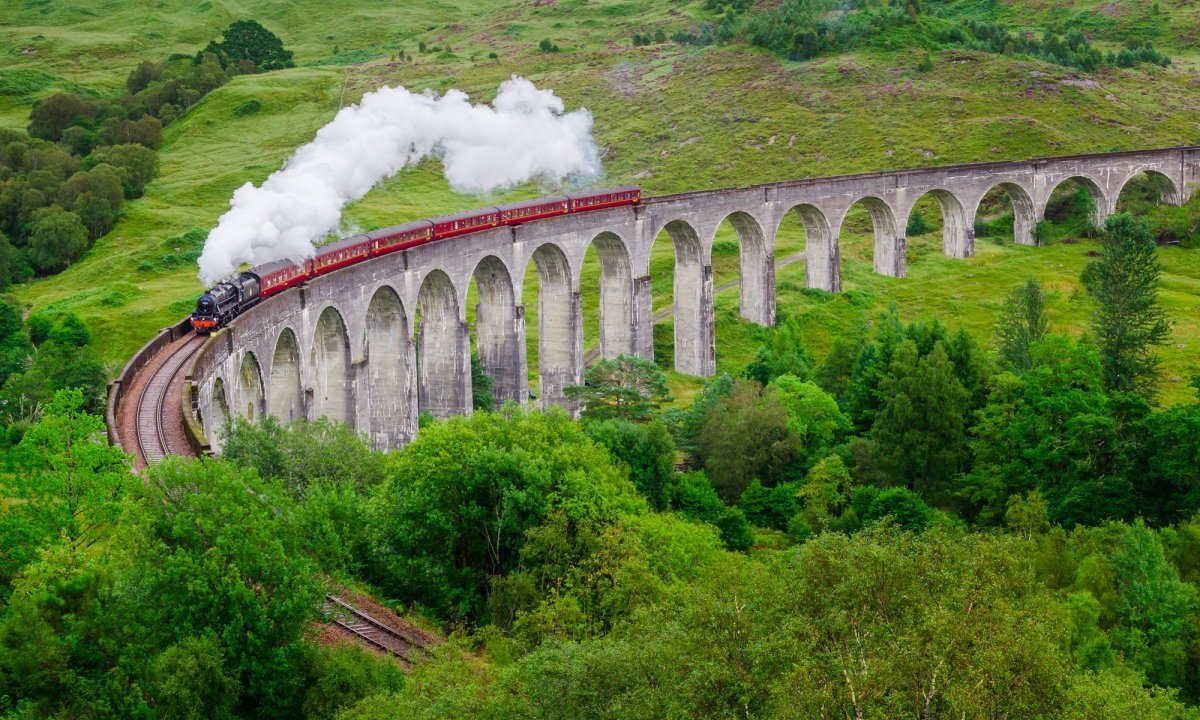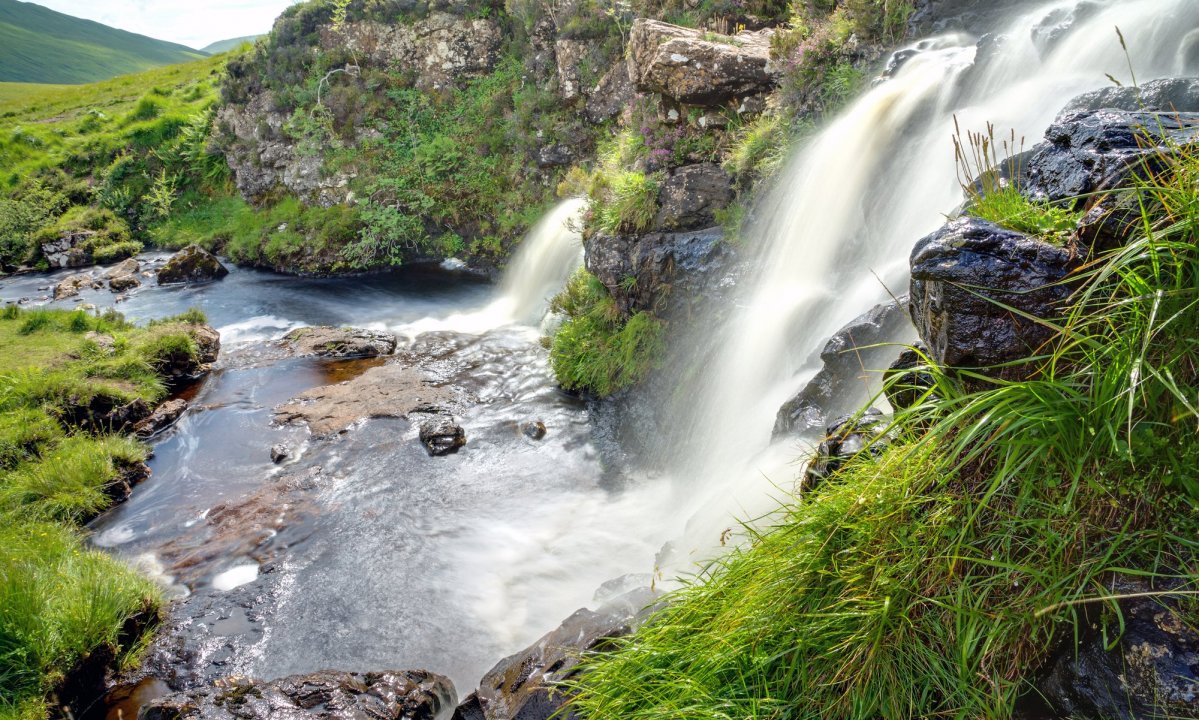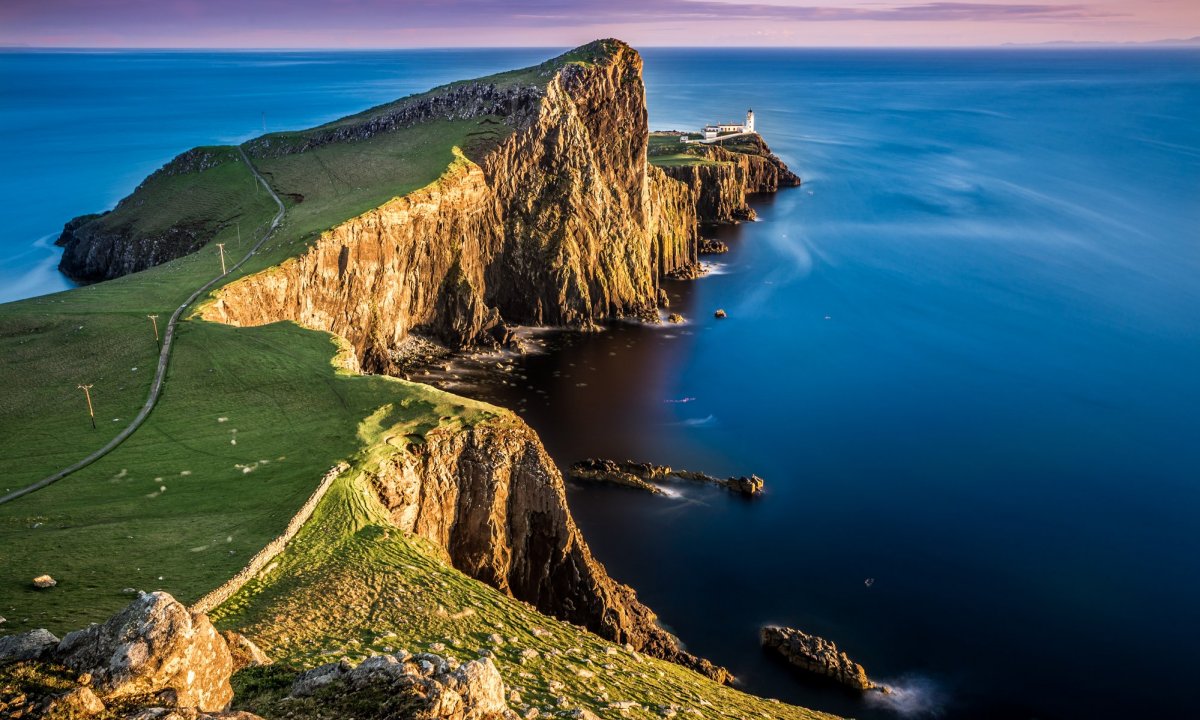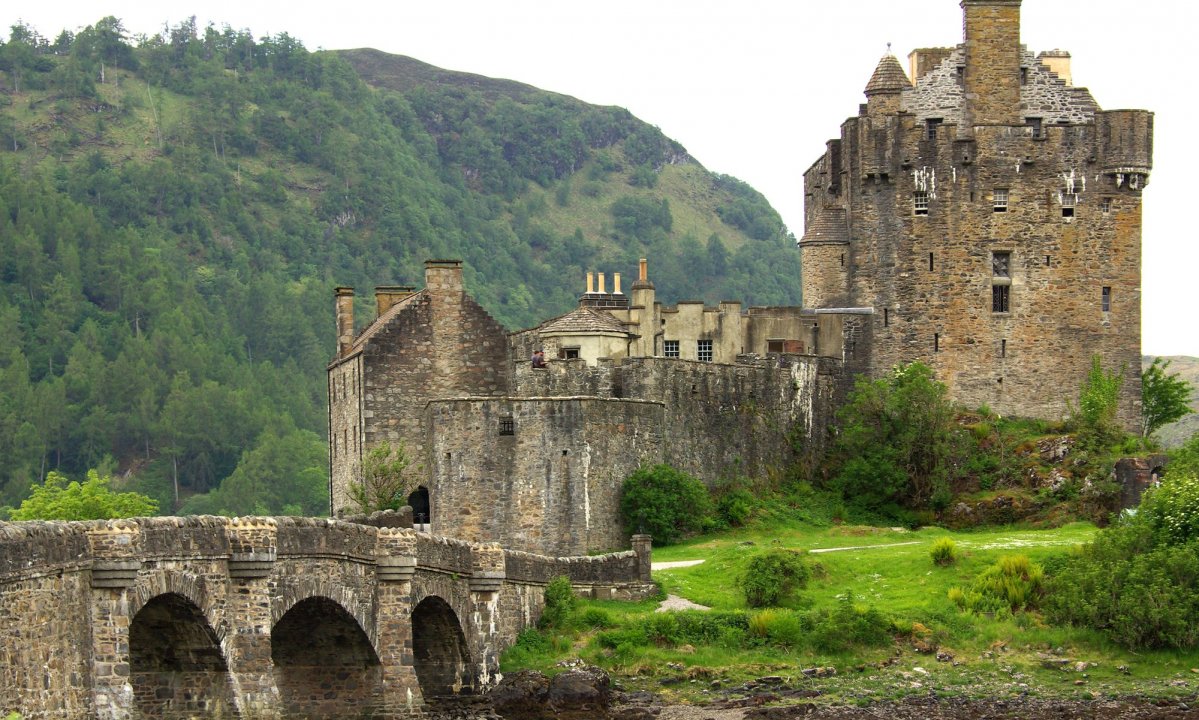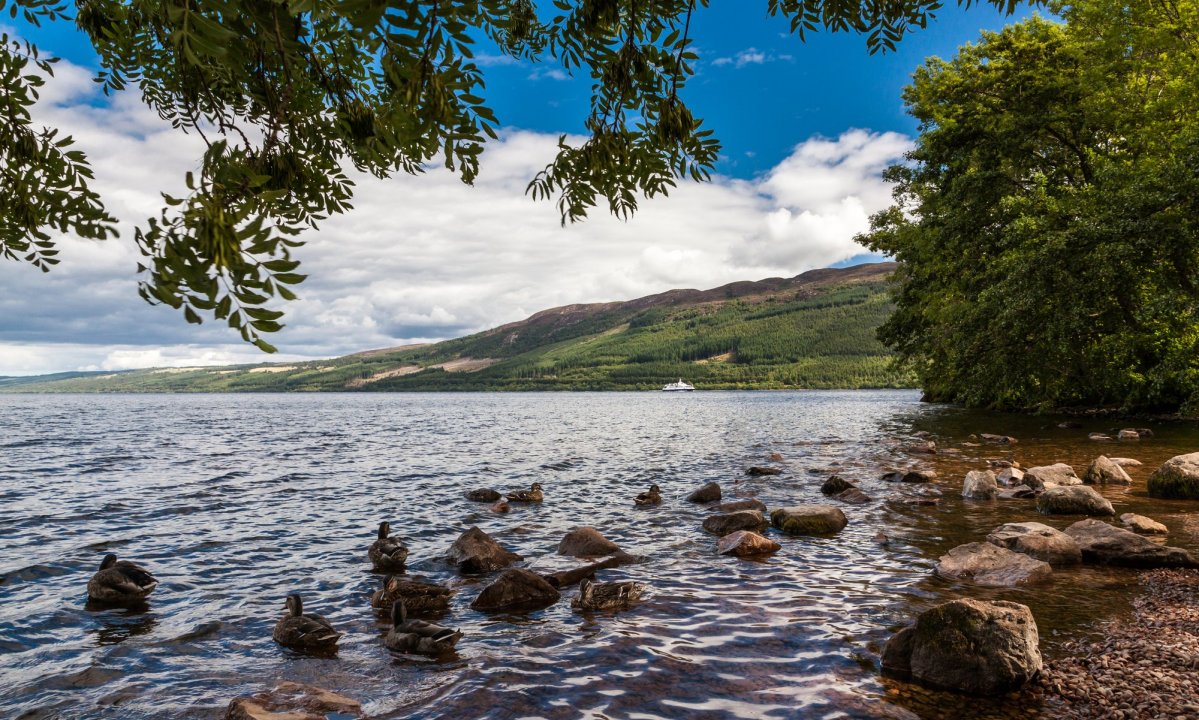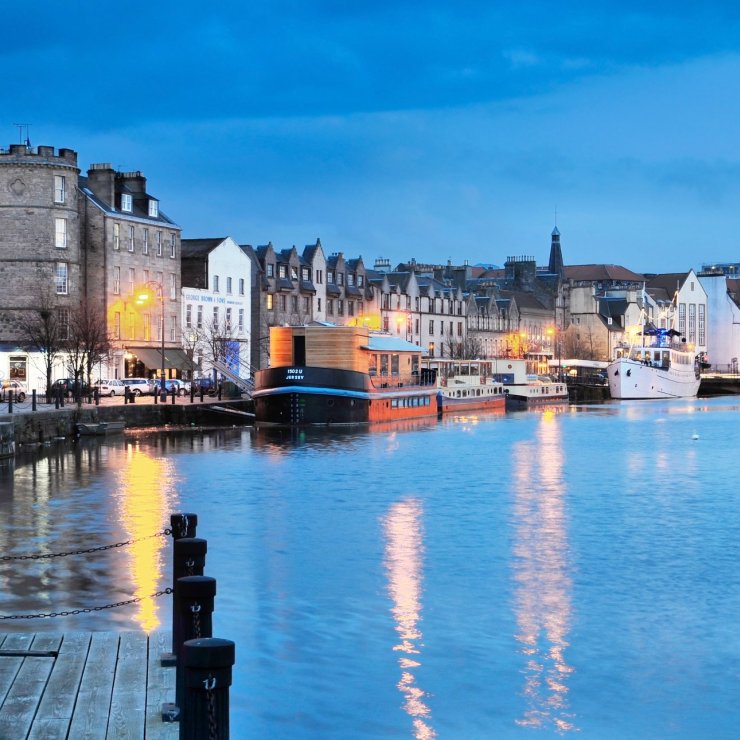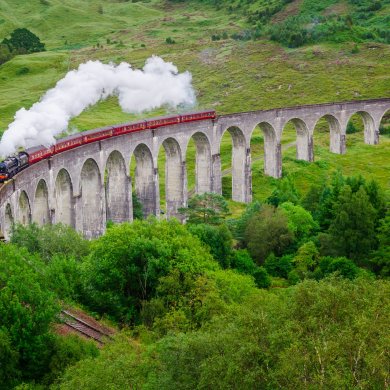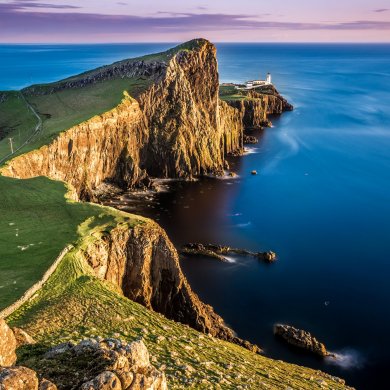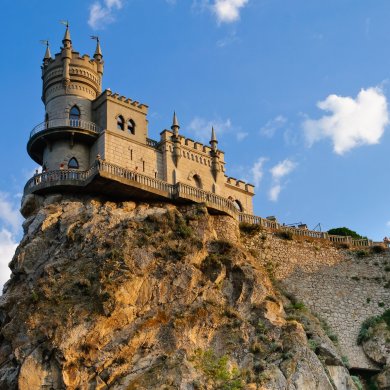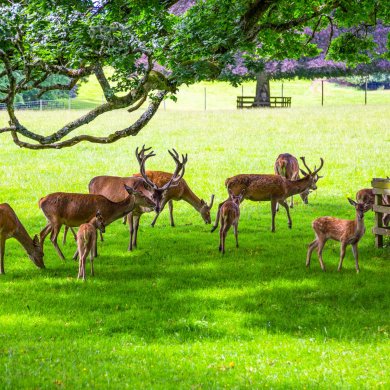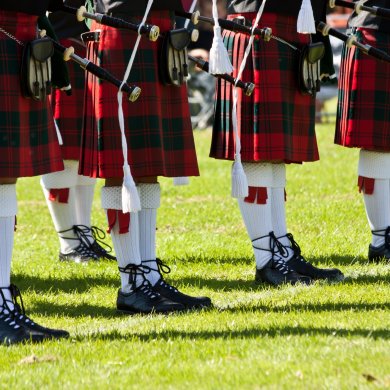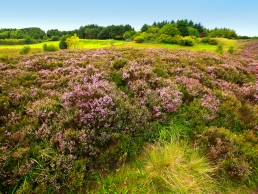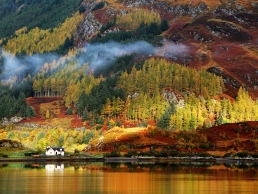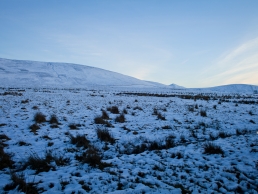Scotland is a land steeped in history, natural beauty, and rich culture. From the green plains to the craggy mountains and historic castles, it offers a diverse range of experiences for travelers. The legacy of figures like Robert Burns and the historical struggles for independence add depth to the country's charm. Exploring Scotland's rugged castles, coastline, and islands, many of which have their own unique characteristics, can be a truly memorable experience. Whether by land or by boat, Scotland has much to offer for those seeking adventure and a taste of its captivating heritage.
- Main Page
- Scotland
Найдите и забронируйте туры в Scotland онлайн

